The S-Class stands for the fascination of Mercedes-Benz: legendary and traditional engineering expertise defines the luxury segment in the automobile industry. The new Mercedes-Benz S-Class can be experienced with all the senses - seeing, feeling, hearing and smelling - while offering numerous innovations in the areas of driver assistance, protection and interaction. Mercedes-Benz is shaping the next generation of individual mobility for our times with innovations that place the focus on people. The new S-Class uses digitisation for a car that responds empathetically to the needs and wishes of its driver and passengers.
Modern luxury reaches a new level with the interior of the S-Class. The designers have created a feel-good ambience with lounge character marked by elegance, high quality and airiness. The dashboard with its new architecture, modern surface design and ergonomic display arrangement is a noteworthy highlight. But the feel-good aspect goes even further: With high ride quality and low noise levels as well as an extensive range of ENERGIZING Comfort programs, the S-Class looks after the well-being of its passengers.
The new Mercedes-Benz S-Class has become more intelligent in many areas, including the driving experience, which is taken to the next level. Digital innovations such as in MBUX (Mercedes-Benz User Experience) are joined by new developments that increase driving enjoyment while making driving even safer: among them are rear-axle steering with a large steering angle and safety innovations such as the rear airbag. As a new function of PRE-SAFE® Impulse Side, the active E-ACTIVE BODY CONTROL suspension can raise the vehicle body (on both sides) just before an impending side impact. Following further systematic developments, the driving assistance systems take another step towards autonomous driving. Thanks to improved environmental sensors, for example, the parking systems provide the driver increased support when maneuvering at low speed. The integration into MBUX further enhances this as the level of visualization enters a whole new dimension.
For more than 100 years: the luxury class as the embodiment of the Mercedes-Benz brand
The Mercedes-Benz S-Class is the centerpiece of the brand, and exemplifies the allure of Mercedes-Benz as legendary engineering expertise and a heritage of craftsmanship meet progressive digital innovation. The S-Class combines artificial intelligence with the experience gained from 135 years of automobile engineering. Around 70 years ago, Mercedes-Benz laid the foundations for this model series with the model 220. Since its market launch in 1951, more than 4 million S- Class Sedans have been delivered to customers around the world. The designation "S-Class" was officially introduced with the 116 series in 1972. In the last 10 years the S-Class Sedan has been particularly popular in China, the USA, South Korea and Germany. All in all, since the launch of the generation that is now in its runout phase, more than 500,000 S-Class Sedans have been sold globally.
The loyalty rate for this model series is especially high. For example, around 80% of customers in Western Europe and 70% of customers in the US who previously drove an S-Class once again opted for a Mercedes-Benz model. Around the world the S-Class Sedan is predominantly sold in the long wheelbase version: Around 9 out of 10 customers opt for the long version of the S-Class Sedan.
MBUX: a new dimension in personalization and interaction
No other innovation in recent years has so radically changed the operation of a Mercedes-Benz as MBUX (Mercedes- Benz User Experience) and now the second generation of MBUX makes its debut in the new S-Class. The vehicle interior is even more digital and intelligent, as both the hardware and software have made great strides: brilliant displays on up to five large screens, in part with OLED technology, make the control of vehicle and comfort functions even easier. The possibilities for personalization and intuitive operation have become far more extensive. This certainly applies in the rear, but also for the driver: For example, for the first time the new 3D driver display allows a spatial view at the touch of a button. Creating a real three-dimensional effect is achieved without having to wear 3D glasses.
The HUD provides augmented reality (AR) content. When navigating, for example, animated turn-off arrows ("fishbones") are virtually and precisely projected onto the road lane. For the assistance functions, information from i.e. Active Distance Assist is shown. The image appears virtually at a distance of 32 feet, which corresponds with the display area to a monitor with a 77-inch diagonal screen.
The voice assistant "Hey Mercedes" is even more advanced and dialogue-capable through activation of online services in the Mercedes me App. Moreover, certain actions can be performed even without the activation keyword "Hey Mercedes". These include accepting a telephone call. "Hey Mercedes" now also explains vehicle functions and answers general knowledge questions. In the S-Class the voice assistant can also be controlled from the rear seats.
Powertrain: more electrification, more efficiency
Six-cylinder in-line petrol and diesel engines in various output classes are the first engine variants for the new S-Class.
A V8 engine with an integrated starter-generator (ISG) and 48-volt onboard electrical system will be available soon after. A plug-in hybrid with an all-electric range of around 100 kilometres will follow in 2021.
Vehicle body and accident protection: new frontal airbags for rear passengers
Intelligent bodyshell design and innovations in restraint systems reinforce the leading role of the S-Class when it comes to passive safety. The new aluminum hybrid bodyshell with an aluminum content exceeding 50 percent meets numerous requirements: A high level of crash safety, lower weight and a highly rigid bodyshell all ensure outstanding handling characteristics accompanied by excellent noise and vibration comfort.
In 2019, in the Experimental Safety Vehicle ESF 2019, Mercedes-Benz presented ideas that the company's safety specialists were working on. Within the ESF more than 20 innovations were near-series developments, such as the rear airbag, which is now available as optional equipment in the S-Class. The frontal airbag for the rear seat deploys particularly gently thanks to its innovative construction using a tubular structure. During severe frontal collisions, the rear airbag can considerably reduce the impact on the heads and necks of seat belt wearing occupants on the outer rear seats.
Sustainability: environmentally compatible development
More than 216 lbs of components made from resource-conserving materials are used in the S-Class. The number of components containing recyclates is now 120 - more than twice as many as in the preceding model. Another 88 lbs or so are made from renewable raw materials. The process of environmentally compatible development with specific targets is firmly embedded in the overall development process. Environmental aspects are already taken into account in the conceptual phase.
A new, recycled thread is now used for the floor coverings. This thread - brand name ECONYL® - consists of regenerated Nylon. It is manufactured by recovering Nylon waste destined for the landfill, for example old fish nets and fabric remnants from mills and carpets. These are collected and transformed into a new thread having the same properties as nylon from new raw materials. The recycling process used to produce the thread saves CO2 in comparison with new production. It also enables Mercedes-Benz to keep materials in circulation.
History: setting the standard for the luxury class for many decades
The Mercedes-Benz S-Class follows a long tradition that extends back to the beginnings of the Mercedes brand in the early 20th Century. Each model has decisively influenced the automotive engineering of its era. Well before the official designation S-Class, the models in the executive and luxury class were the mainstay of the Stuttgart-based company's portfolio and have always stood for luxury, comfort, safety and lifestyle. The continuous ancestry of the S-Class begins with the model 220 (W 187) of 1951. The designation "S-Class" was officially introduced with the 116 series in 1972.
Light and comfortable travel
Innovative suspension systems ensure an impressive travel experience in the new S-Class. Rear-axle steering with a steering angle of up to 10° improves manoeuvrability in urban areas. The optional, fully active E-ACTIVE BODY CONTROL suspension on a 48 V basis offers a unique synthesis of comfort and agility, plus additional protection in the event of a lateral collision. The AIRMATIC air suspension with continuously adjustable damping ADS+ is standard equipment. Close networking between all the suspension and control systems ensures maximum stability and safety. Redundant steering and braking systems are ready for conditionally automated driving acc. to SAE Level 3.
The aim of the developers was to exceed the high level of suspension and ride comfort of the preceding series, while achieving a very high level of vehicle dynamics. E-ACTIVE BODY CONTROL (see separate chapter) replaces the previous MAGIC BODY CONTROL.
At the front the new S-Class has the well-proven four-link suspension. With the exception of the wheel bearings, all the wheel location components are of forged aluminium. The multi-link independent rear suspension has been completely redeveloped to accommodate rear-axle steering. To this end, the kinematics and elastokinematics were adapted, and the track rod at the lower steering arm level was moved from the front to the rear. The rear axle carrier is of welded sheet aluminium, and weighs no more than before thanks to computer-assisted structural improvements and despite greater strength. A newly developed metal/plastic hybrid cross-bar is bolted into this open-fronted section, and has significant weight advantages over the cast aluminium cross-bar of the preceding model. The suspension subframe carriers and the elastomer bearings of the rear axle struts were redeveloped in extensive simulations and driving trials, so as to improve them with respect to NVH and handling characteristics.
Restraint systems: innovations for passengers in the rear
Especially in the Mercedes-Benz S-Class, particular attention has always been paid to safety in the rear. In this respect, Mercedes-Benz has long devoted itself to extending the airbag and belt systems. Large windowbags cover the side windows like a curtain. These can be triggered according to the type of impact, e.g. a severe lateral collision or a rollover. The outer seat belts are equipped with belt tensioners and belt force limiters as standard, helping to reduce the loads acting on the occupants. Rear sidebags are optionally available, as is the beltbag: as an inflatable belt strap it distributes the loads acting on the upper body over a wider area.
The rear airbag is an innovation by Mercedes-Benz: this additional airbag can further improve the safely level of passengers in the rear during a severe frontal collision (see "Under the microscope"). However it still remains important for the occupants to wear seat belts. In the rear this is made more intuitive by the optional, illuminated designer belt buckles.
More electrification, more efficiency
When the new Mercedes-Benz S-Class is launched, six-cylinder in-line petrol and diesel engines in various output classes will be available, with a V8 engine with integrated starter generator (ISG) and a 48-volt onboard electrical system to follow shortly afterwards. A plug-in hybrid with an all-electric range of around 100 km will follow in 2021.
With the introduction of the integrated starter-generator (ISG) in the S-Class powered by the M 256 six-cylinder in-line engine in 2017, the 48 volt onboard electrical system celebrated its world premiere. The ISG is responsible for hybrid functions such as boost or energy recovery, while allowing fuel savings that were previously reserved for high-voltage hybrid technology. The systematically electrified six-cylinder in-line engine in the new Mercedes-Benz S 500 4MATIC has an output of 320 kW/435 hp and 520 Nm of torque. EQ Boost provides a further 250 Nm of torque as well as 16 kW (22 hp) for a short period.
Intelligent, forced induction that includes an electric booster compressor, as well as the integrated starter alternator (ISG) provide outstanding power delivery without turbo lag. In addition, the engine starts extremely quickly and comfortably, making the start/stop function almost imperceptible to the driver.
In addition, systematic electrification dispenses with the need for a belt drive for ancillary components at the front of the engine, which reduces its overall length. The slim design as an in-line engine, together with the physical separation of intake/exhaust, creates space for a near-engine emission control system. The 48 V on-board electrical system serves not only high power consumers, such as the water pump and air-conditioning compressor, but also the integrated starter-generator (ISG), which also supplies energy to the battery by means of highly efficient energy recuperation.
Efficient, powerful and clean: the six-cylinder diesel
The engine line-up is rounded off by the six-cylinder diesel (OM 656). To meet current and emissions control requirements, the engine already familiar from the preceding S-Class since mid-2017 has been developed further. This is based on an integrated technological approach consisting of a stepped recess combustion process, dynamic multi-way exhaust gas recirculation and near-engine mounted exhaust aftertreatment. Thanks to the near-engine insulated configuration, the emission control system has little heat loss and ideal operating conditions. Other features of the flagship engine variant in the premium diesel family include two-stage turbocharging and CAMTRONIC variable valve control. Its design is characterised by the combination of an aluminium engine block and steel pistons, as well as the further improved NANOSLIDE® coating of the cylinder walls.

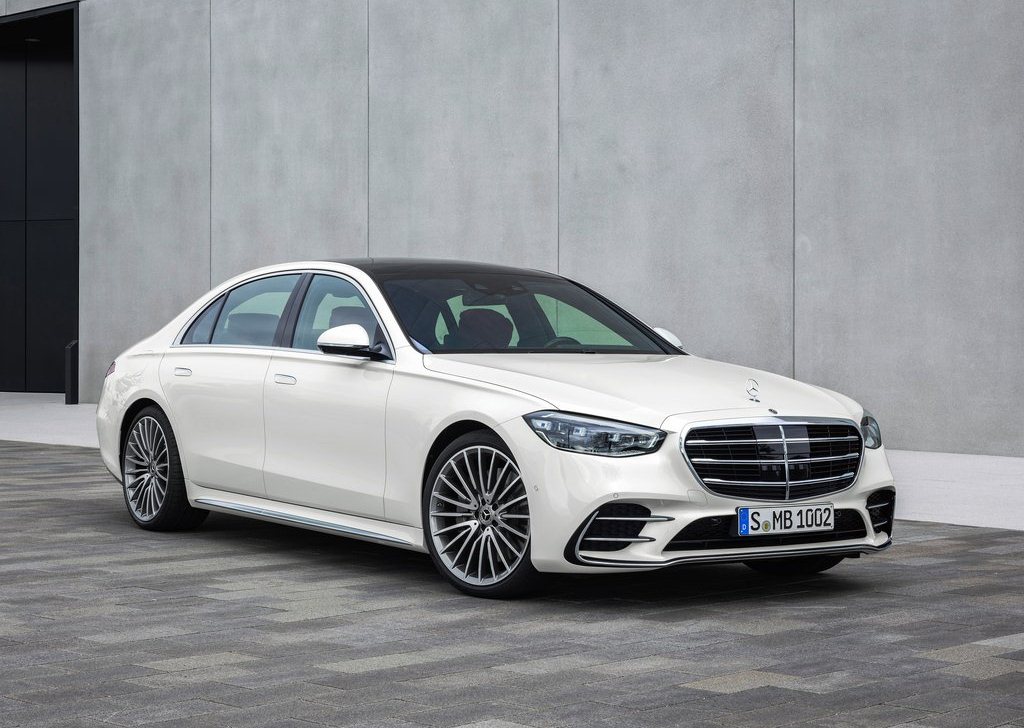
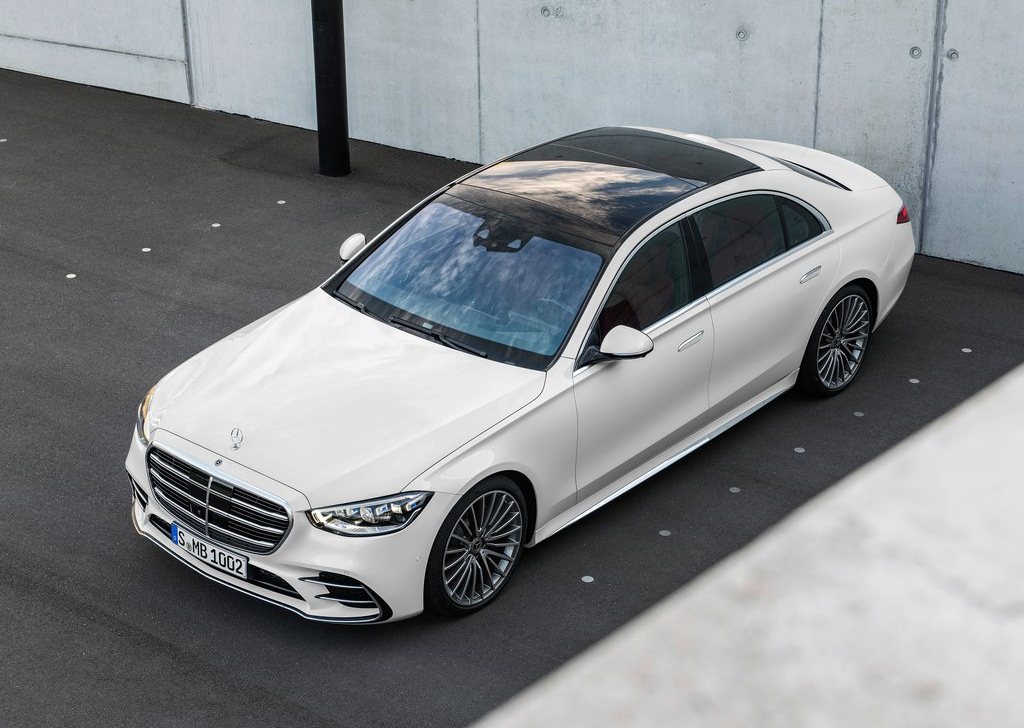
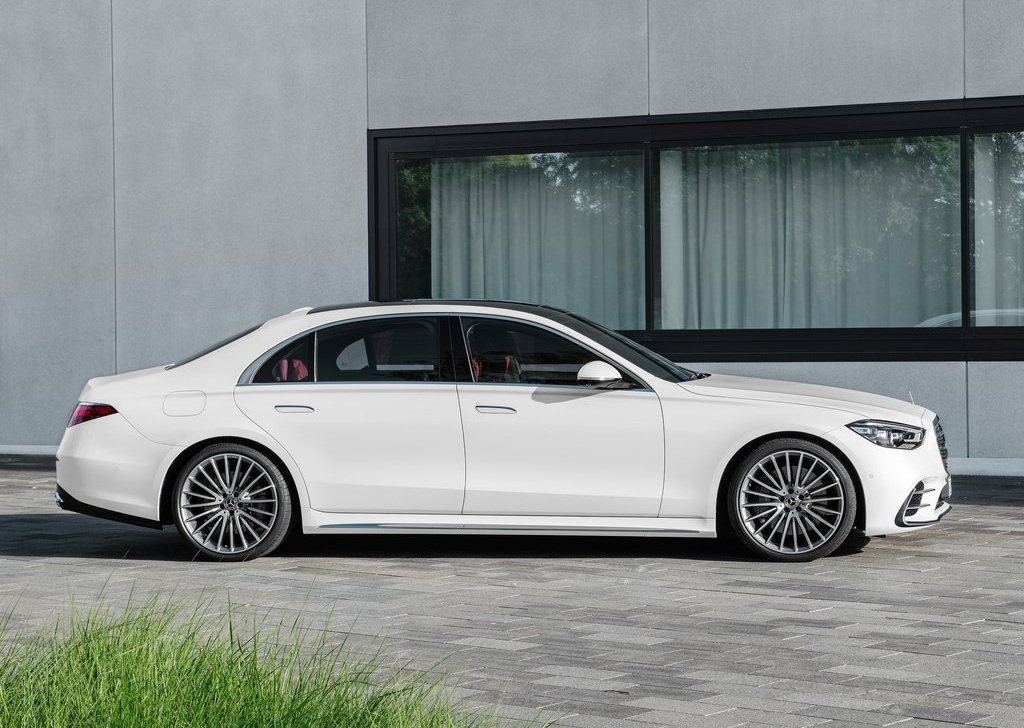
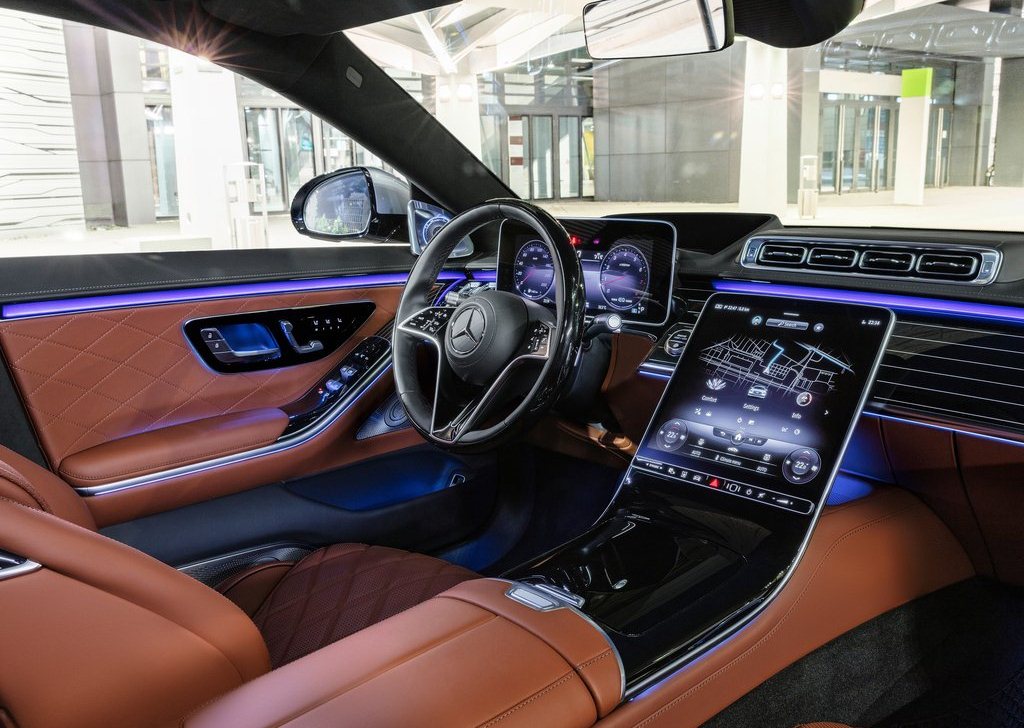

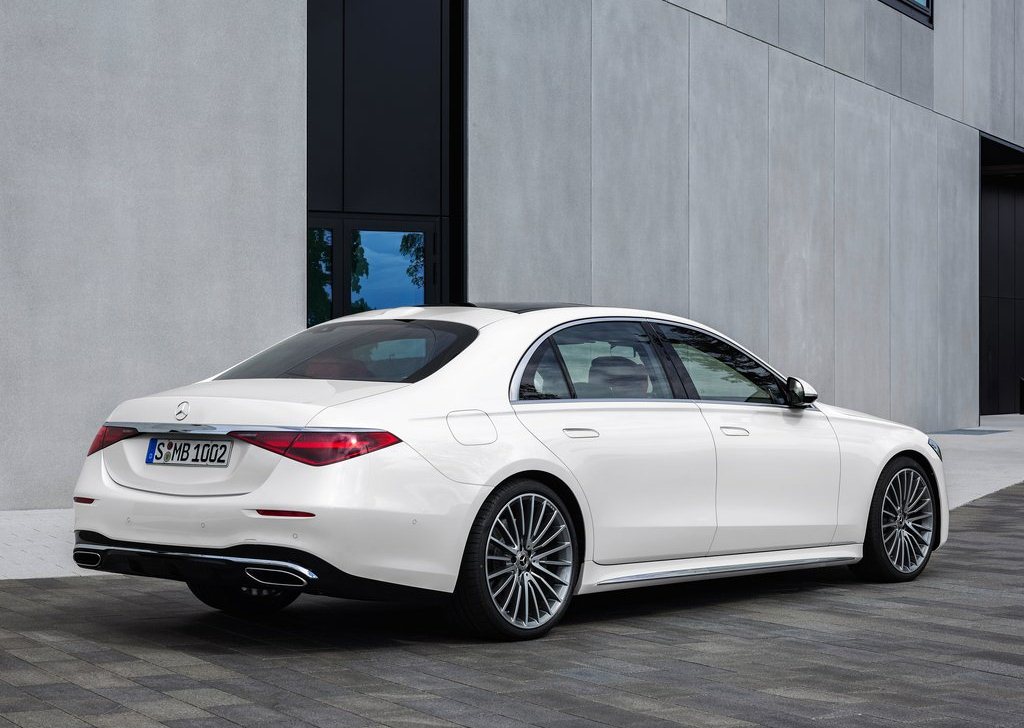
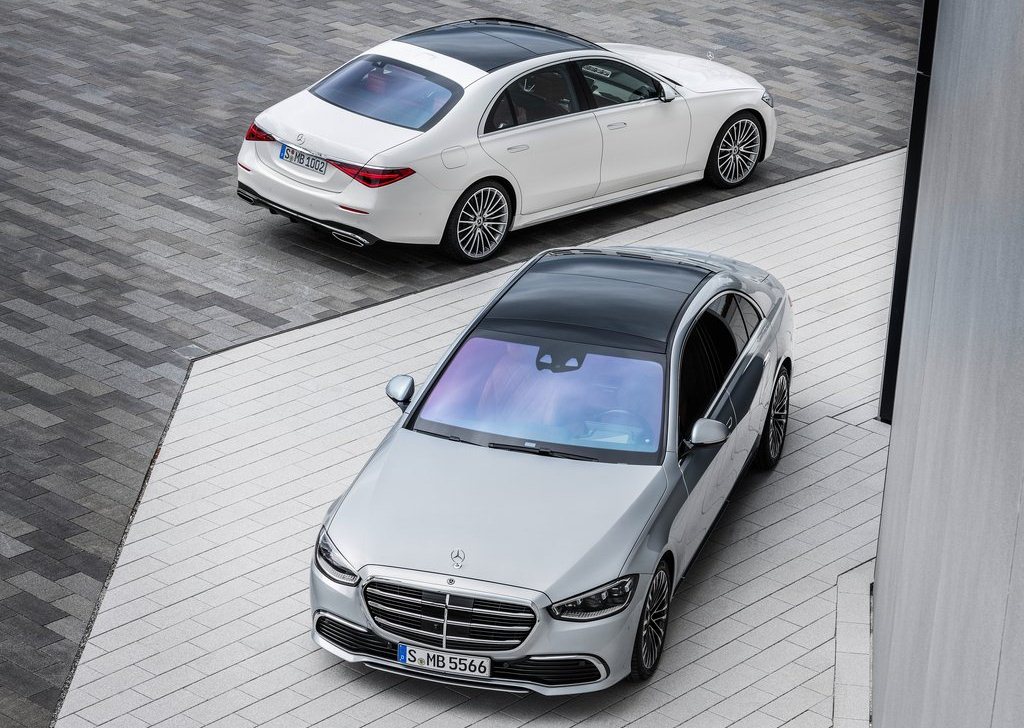






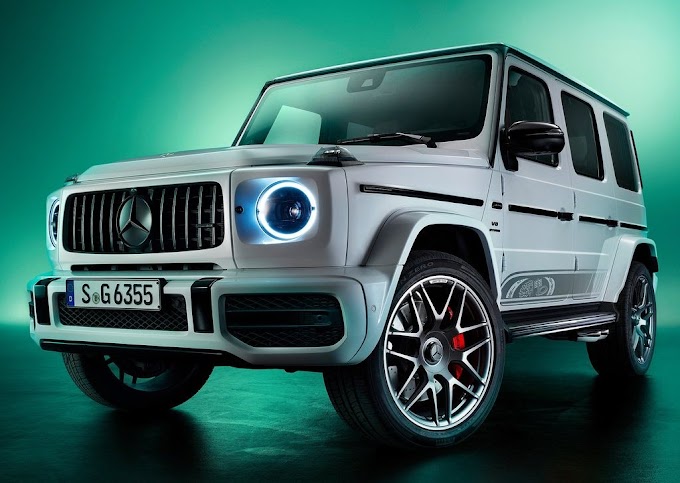





0 Comments